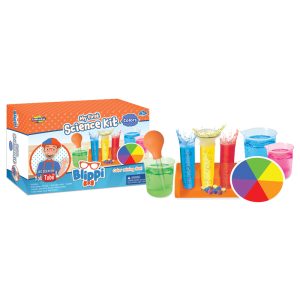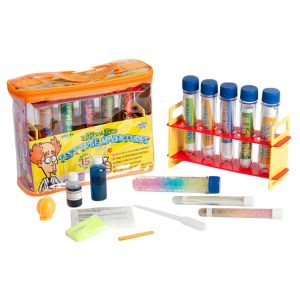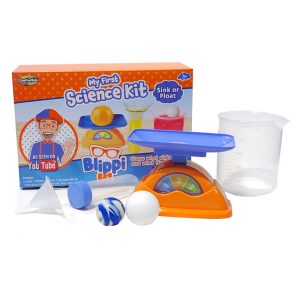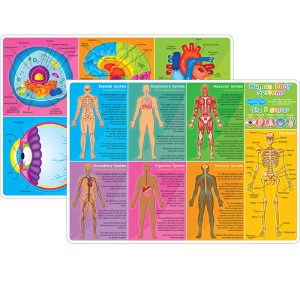Description
Delve deep into ecosystems by classifying the beings that live there. Our resource breaks down the different kinds of animals before studying their different adaptations. Start off by answering the question: what do we classify? Then, break down this classification into kingdom, phylum, class, family, genus, and finally species. Compare the differences between warm-blooded and cold-blooded animals. Create a brochure on your favorite vertebrate before inventing your own invertebrate. Introduce the concept of adaptation and how animals have changed based on their environment. Take this further by conducting a case study on the adaptations of the koala. Finally, explore the concept of evolution and how this idea is backed up by fossil records. Aligned to the Next Generation Science Standards and written to Bloom’s Taxonomy and STEAM initiatives, additional hands-on experiments, crossword, word search, comprehension quiz and answer key are also included.
What Do We Classify? What is the difference between warm-blooded and cold-blooded animals?
Students will also learn to distinguish between vertebrates and invertebrates, understand animal adaptation through a case study: The Koala and Its Adaptations.
Even evolution and the fossil record making with hands-on activities including: How Important Are Thumbs? The Lake Habitat Thermometer and A Day in the Life of a Paleontologist!
Our resource provides ready-to-use information and activities for remedial students using simplified language and vocabulary. Science concepts are presented in a way that makes them more accessible to students and easier to understand.





